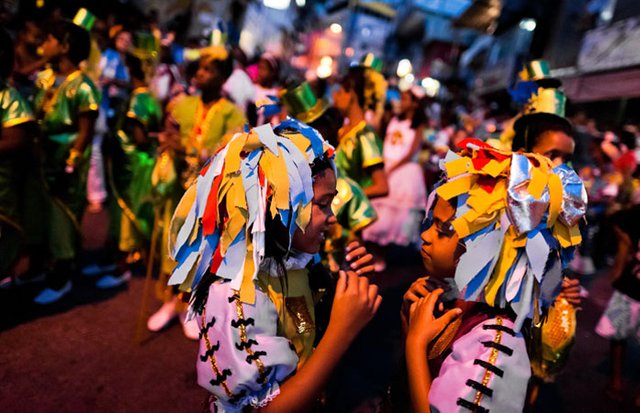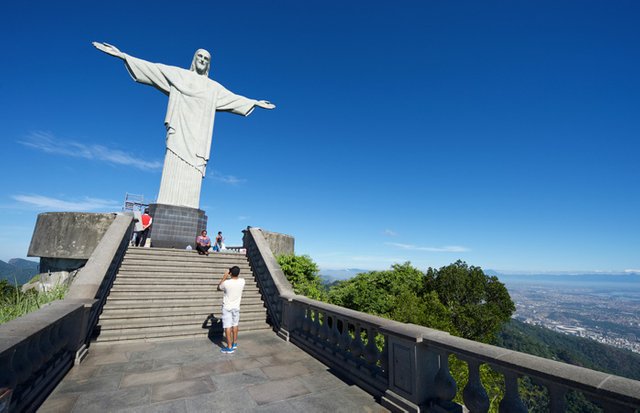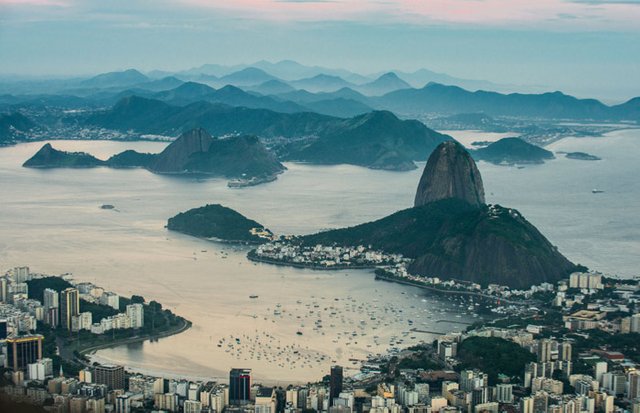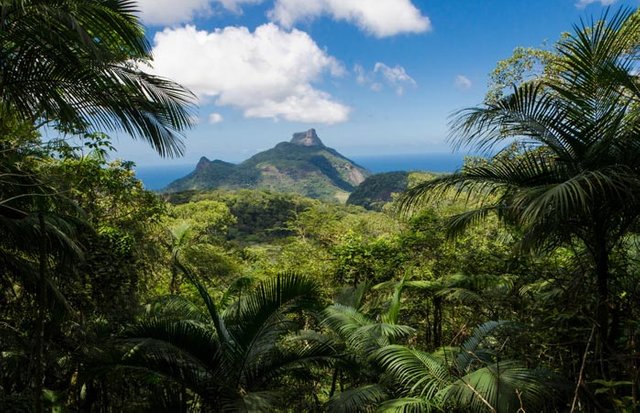Interesting facts about Rio de Janeiro
You know Rio – the 2016 Summer Olympics host, the city of samba and carnival, the kingdom of beautiful people and beautiful beaches. But what do you really know about the second most populous municipality in Brazil (after financial center São Paulo, of course)? Check out our 10 facts about Rio de Janeiro below.
- Rio de Janeiro means January River, but the river is actually a bay
Rio de Janeiro, or January River, is a very poetic name for a city with more than 200 rivers running through it. But which river does it refer to? Well, the answer is: none of them.
It was in January 1502 that Portuguese explorer Gaspar de Lemos first arrived in Rio. Legend has it that Lemos was sailing through Guanabara Bay when he came up with the name for the city, mistaking the bay as the mouth of a big river.
Today, some historians dispute the theory, arguing that the Portuguese were too skilled sailors to commit such a mistake, and that the word for river in the 16th century was also used to identify bays. Regardless, the name for Rio de Janeiro stuck.
- Most of Rio’s samba schools are located in favelas

There are more than 1,000 slums, or favelas, in Rio – and almost one fourth of Cariocas (locals) live in them. Rio’s modest residents have been living in favelas since the end of the 19th century, being the most affordable housing option. It was there, in the favelas, that former African slaves and their descendants first created the music style we now know as samba.
Nowadays, most of the city’s renowned samba schools that compete in the world famous parade every carnival are located in favelas, or close by. Mangueira, Salgueiro, and Unidos da Tijuca are some of them.
- The statue of Christ the Redeemer was elected one of the world’s new seven wonders
Rio doesn’t lack natural beauty for postcards, but its most acclaimed feature is not only man-made, but was also elected one of the New 7 Wonders of the World in 2007, alongside masterpieces like the Roman Colosseum and the Taj Mahal. The statue of Christ the Redeemer, in fact, defies nature: its 92-feet-wide arms had to be built over the precipices of Corcovado Mountain without room for scaffolding.
Inaugurated in 1931, as a tribute to Rio’s 100th anniversary, the Christ is 98-feet-tall (not including the 26-foot pedestal) and the largest Art Deco statue in the world. The statue was financed by Brazilians, designed by a Frenchmen, and built from Swedish stones. The result is truly divine: despite the fact it is struck by lightning a couple times a year, it lives on strong, watching over the citizens of the Marvelous City.
- Rio de Janeiro has the world’s bluest sky

Clear skies, warm sand, a cold drink… Isn’t that what everyone wants for their holiday? Well, in Rio you will not only find that, but also the bluest sky in the whole wide world. The statement seems audacious, but it’s actually based on a survey done in 2006 by a TV researcher who traveled around the globe in search of the world’s “bluest” sky.
Twenty-seven year old Anya Hohnbaum visited 20 different destinations including New Zealand and South Africa on a 72-day trip as part of a competition she had won. In order to get accurate results, she used a special portable spectrometer developed by scientists at the British National Physical Laboratory. It’s scientifically approved!
- Rio’s carnival party is the biggest carnival in the world
According to the Guinness Book of Records, in 2004 the city’s most illustrious party attracted a record 400,000 foreign visitors, becoming the biggest carnival party in the world. Apart from the outside visitors, every year, around 5 million people take over the streets of Rio to participate in hundreds of street parties, called “blocos”, held by the samba groups. Not to mention the thousands that purchase expensive tickets to watch the acclaimed competitive parades, starring Rio’s best samba schools. A party not to be missed!
- There are more than one hundred islands in Guanabara Bay

What do the Sugar Loaf, the statue of Christ the Redeemer, and Copacabana beach postcards have in common? The Guanabara Bay is in the backdrop of all of them. No wonder, it’s enormous and goes through no less than 15 different cities. The bay is the second biggest in the country, with its 256 square mile surface, 53 beaches, and more than one hundred islands.
You will probably visit at least one of them, the biggest one, in fact. Ilha do Governador, or Governor’s Island, is where the international airport of Rio is located.
- Rio is home to the eighth biggest library in the world
It was November 1807, and the Royal Family of Portugal had to make a tough decision – To run to Rio de Janeiro, Brazil, to escape Napoleon and his troops. The departure was well organised: about 15,000 people among family members and servants traveled to Brazil in 14 ships. With them, came one of Portugal’s most important riches: the Royal Library and its 60,000 items.
In fact, one of the first acts of Dom João VI, the Portuguese Prince Regent, in Brazil was to establish the National Library, which went on to become the eighth biggest library in the world, with more than 15 million items.
- People from Rio are among the quickest getting on and off buses
Buses are the most affordable way to get around Rio, and they will take visitors almost anywhere in the city. Riding a bus in Rio isn’t, however, as straight forward an experience as one might hope for. Bus drivers aren’t exactly cautious, trustworthy drivers, and they will often leave passengers behind if they are not quick enough to get on.
With years of experience as a savvy passenger, a researcher called Ronaldo Balassiano got curious and decided to look into this social phenomenon. What he found was that the fear to be left behind made Cariocas be quicker in the process of getting on and off buses. When compared to busy, commuting Londoners, Cariocas take 1.85 seconds to get on a bus, while Londoners take 2.4 seconds.
- Rio is home to the biggest urban forest in the world

Rio is a big city, with more than 6 million inhabitants, but it can feel like a small town, especially when you find yourself in the middle of a forest, under the hard-hitting cascade of a waterfall. The reason for that is Rio is home to the largest urban forest in the world, Floresta da Tijuca.
This 33-square-kilometre conservation area is the result of reforestation, done in the end of the 19th century, on the order of Brazil’s emperor Dom Pedro II. The idea was to restore the area that had been destroyed by coffee plantations in order to avoid the erosion of the hills that surround the city. Quite a few of Rio’s most touristy spots are partly in the Tijuca Forest – the Botanical Gardens, Parque Lage, and the Corcovado Mountain are a few of them.
- Carioca really means “white man’s house”
Carioca is what Rio’s locals are called. The word has its origins in the Tupi-Guarani language, used by the indigenous peoples who inhabited this blessed sliver of land long before any European knew it existed. Carioca, or Kari’Oka, is what the Indians called the city the Portuguese colonizers were building in their land. The word means white man’s house.